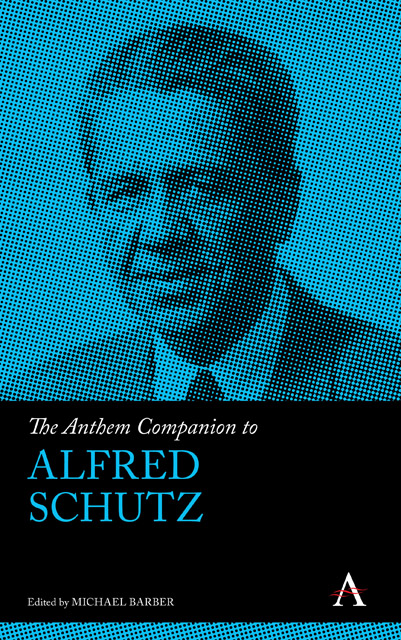Introduction
Published online by Cambridge University Press: 22 November 2022
Summary
The Work of Alfred Schutz
Alfred Schutz from the beginning sought a philosophical basis for the social sciences, and at first turned to the philosophy of Henri Bergson, whose theory of consciousness, durée, possessed a richness and fluidity that exceeded the power of rationality to grasp it exhaustively and that subtended higher levels of human activity, such as memory, acting and relating to others. Eventually, though, Schutz turned to Edmund Husserl's phenomenology, which did not polarize memory and consciousness against each other as much as Bergson did. Utilizing phenomenological method, Schutz (1967, 43–44) developed his phenomenology of the social world, which Husserl understood as “the natural attitude,” which transcendental phenomenology presupposed and arose out of.
This phenomenology of the social world begins with a discussion, temporarily under formal phenomenological reduction, of the unfolding of inner-time in consciousness, but Schutz (1967, 86–91) immediately takes the acts, which emerge and recede in inner-time, in the direction of a theory of action in which the meaning of an action is to be found the “in-order-to” motive, the ultimate purpose, guiding all the sub-acts which intend or aim at its realization. One phantasies such an ultimate goal in future-perfect tense, imagining what will have been brought about when one achieves that ultimate purpose and then sets out to bring it about. Schutz (1967, 91–96) also recognizes that one can turn to the past and determine those events or experiences that may have influenced or prompted one's taking up the in-order-to project in the first place (e.g., the bank robber's childhood upbringing that may have prompted the deciding on the project of robbing the bank), and these “because-motives” act on one from behind, without one phantasying them beforehand. Furthermore, Schutz (1967, 69–86) discusses “schemes of interpretation” by which one organizes their world and gives it meaning, and he eventually construes these schemes as typifications, typical patterns of classifying one's world that include the roles and routines that we enact without ratiocination. These typifications become correlated with relevances and systems of interests such that, for instance, a mechanic has a whole system of typifications (“carburetors,” “alternators,” etc.), all of which serve the ultimate relevance of making a car function.
- Type
- Chapter
- Information
- The Anthem Companion to Alfred Schutz , pp. 1 - 6Publisher: Anthem PressPrint publication year: 2022

